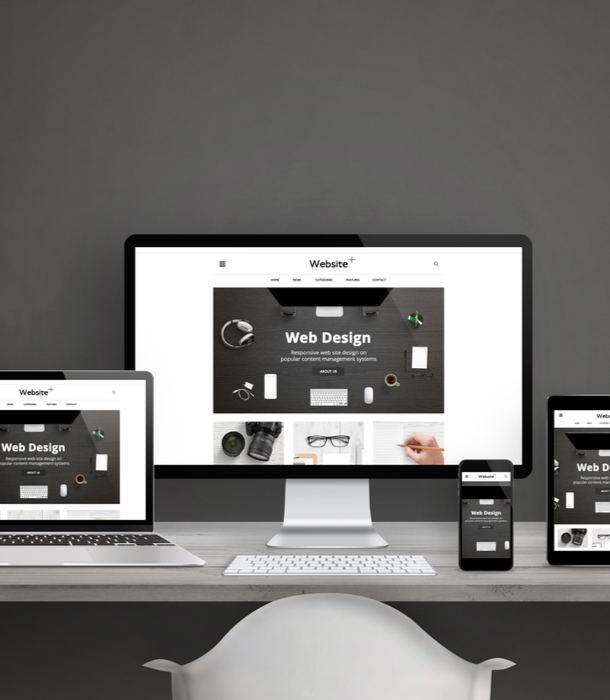Online selling has changed in these current years as people become pickier about their online experience. They want to feel heard and seen without being heard and seen. They want their needs met in a personalised fashion, to feel special, to feel exclusive.
Traditionally, as a shopping experience, one would enter a brick and mortar store and be greeted by a sales representative, either acknowledging you and being helpful or dismissing your presence.
Similar shopping experiences occur online, but the stakes are now much higher.
Creating the perfect online experience for your potential customers means understanding them. Be true to them by getting to know them. Only then can you adapt and support your loyal and future customers’ needs. What is crucial to remember is that not every customer is the same or will fit a particular profile. Each customer is inherently different, and their unique needs and wants will differ naturally.
Traditionally, customer experiences are managed by the sales rep within the store, who could charm the customer or relate to them on a certain level to help influence them to purchase. But e-commerce is the way of the future as people are buying online.
In April 2020, 5.2 million Australians shopped online.
So, how do you prepare your business for this shift in consumer behaviour?
With shifts in consumer purchase behaviour, I believe it will be more critical for businesses to deliver unique personalised customer experiences, especially within the e-commerce sector. For businesses as such, the reliance on only quantitative data is just half of the pie. Accumulating more qualitative data alongside actionable insights will be what helps your business meet the needs of its customers as you continue to grow it.
For the beginning stages of a business’ first launching, it is imperative to be more part of the customer journey personally rather than digitally when traffic is lower. And when I say personal, I mean take it back to the traditional approach. If someone buys a product from your site and it’s about a month or so since the purchase, why not call them up? Ask them how they’re enjoying the product/service? Are there things they like or don’t? Incorporate familiarity and empathy towards them and conjure up some brand loyalty. This simple tactic can prove dividends in the long term and creates a loyal customer base from the get-go. The secret ingredient is: show you give a damn.
Although calling every previous purchaser may seem unfeasible in terms of time, it is a great way to begin to understand your customer’s needs and pain points so that those issues are all mitigated, and the requirements are met for your future customers. If you’re established but want to know more about meeting your potential customers’ needs, try integrating surveys to allow customers to give their feedback on their experience or what you could improve on. Hotjar and ProProfs offer these kinds of feedback solutions.
Constantly adapting and optimising for a great customer experience is the key to creating and sustaining a successful business online.
Get in their face
When it comes to bringing attention to your business online, you need to put yourself in your customer’s shoes and think as they do. Ultimately ask, where are your customers spending a lot of their time in the digital realm?
Let’s assume your product or service is meant for teens aged 13 to 19. Do you think advertising on LinkedIn would be beneficial? Probably not, as most teens are not spending their time on professional networking sites (just yet). You may have better luck by creating a presence on Tik Tok or Snapchat, as these more recent social media platforms are identified as having a lower age demographic.
In a highly competitive market where lots of people are searching for products that you happen to sell, Google Search Ads is a fantastic ‘beginner’ step towards showcasing your products or services to get out in front of customers actively trying to find what you’re offering.
Allocating budget spend for advertising online starts by understanding where your audience is spending their time, so you know how to spend your money. There are times where you may decide to allocate all of your marketing spend on one single platform. This is (dare I say) wrong and can be a costly mistake. Testing out different ad platforms with lower ad spend allocated to each will allow you to compare the conversion rates for figuring out where your most lucrative customers are; then spend big.
Test, observe and refine.
If you’re unsure of where to begin, let’s chat. I’ll have a flat white, no sugar.
Stay classy, Sydney.





